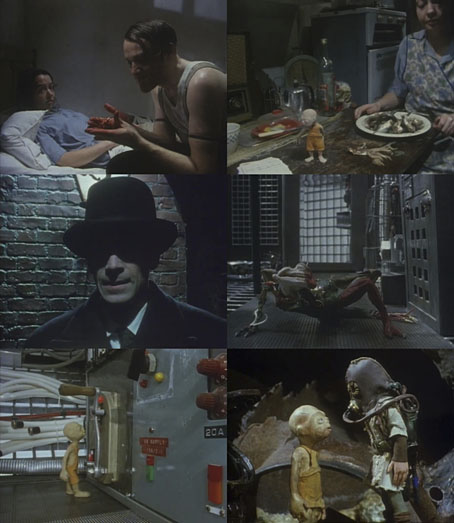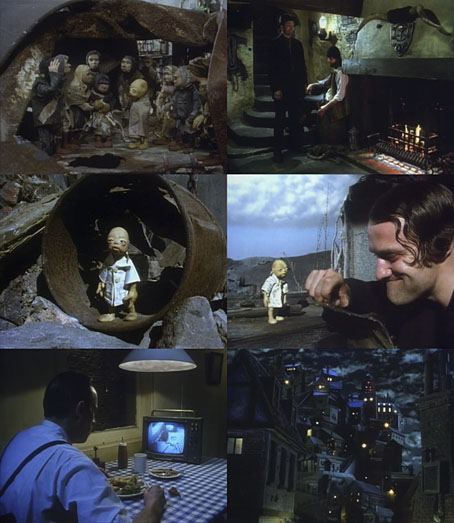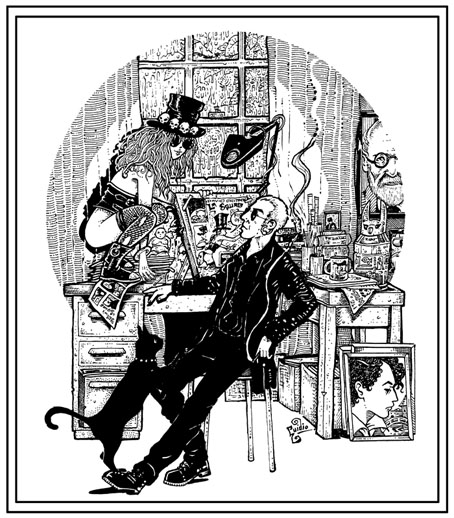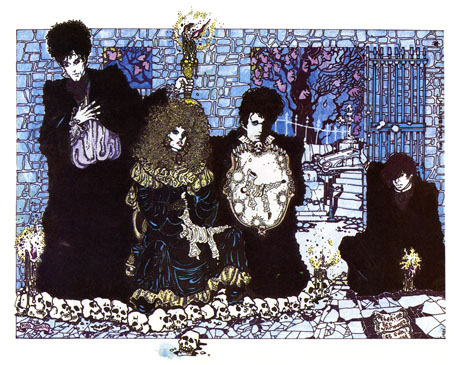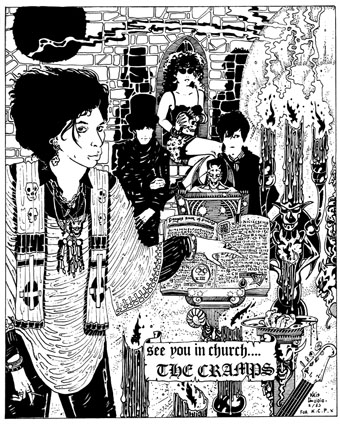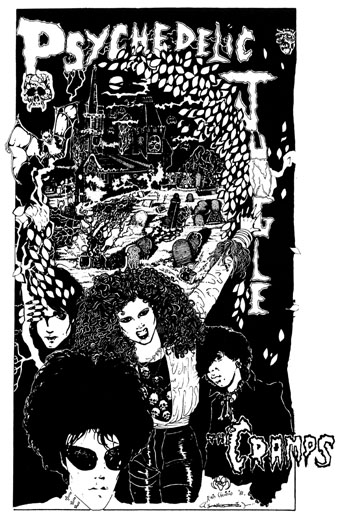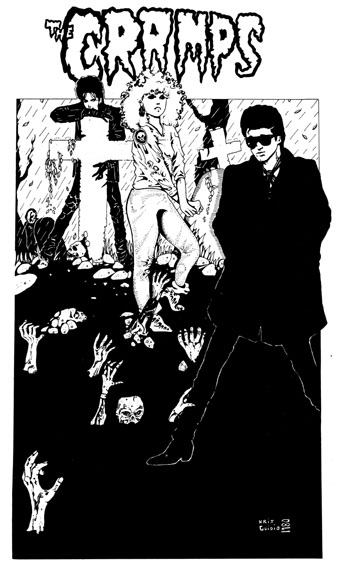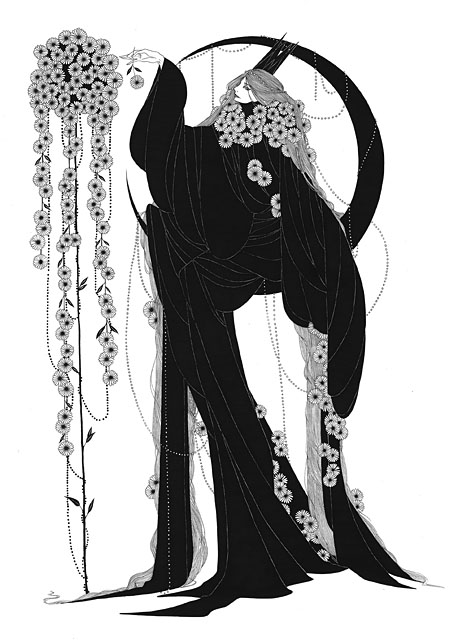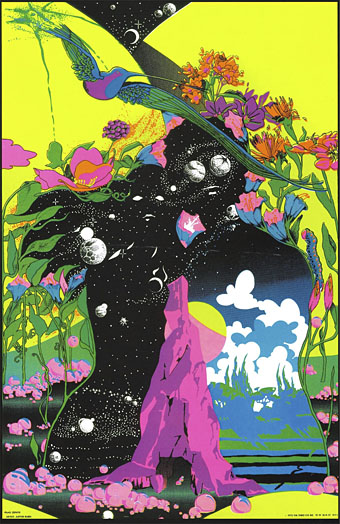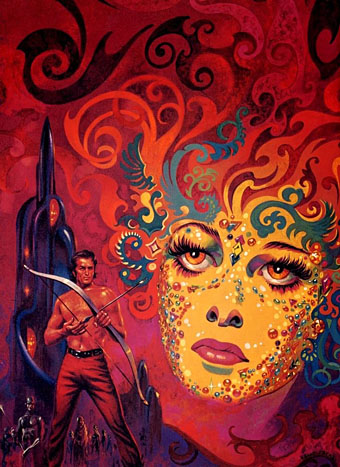
The dark fairy tale turns up often enough in animated film to be a genre of its own, a kind of mutant sibling to the more traditional fare which has been a staple of the medium as far back as Lotte Reiniger. The darkness is especially pronounced in The Secret Adventures of Tom Thumb, an hour-long film in which the tale of the tiny boy is combined with that of Jack the Giant-killer. In this version Tom is the product of an accident in an insemination plant, to which he’s returned after being kidnapped by sinister adults, and from which he escapes to join a community of miniature scavengers.
Dave Borthwick’s film owes nothing to the Tim Burton school of Goth fantasy. This is a queasily British take on the Tom Thumb story: kitchen-sink grotesquerie strained through Terry Gilliam’s Brazil and Jan Svankmajer’s savagery; biological experiments, toxic waste, sweating faces, spiders and insects everywhere. There must be more animated houseflies in this film than in any other before or since. The human characters are pixilated throughout, a technique which adds to their lumbering clumsiness while allowing them to blend with the animated figures and other details.
In the previous post I talked about Channel 4’s years of support for underground and experimental cinema. The channel was also a great supporter of animation in its first decade, helping fund films by Jan Svankmajer, the Quay Brothers and many others, as well as regularly screening the kind of child-unfriendly animation which is seldom shown on TV. Having not seen Dave Borthwick’s film since the 1990s I thought this might be another Channel 4 production but it was actually co-funded by the BBC, together with La Sept in France. The BBC’s involvement is surprising considering how weird and unpleasant the film is. The corporation had apparently commissioned a short for their Christmas schedule but turned down the results as unsuitable for the season. (The Christmas connection may explain the detail of a crucified Santa hanging on a wall.) They did, however, agree to help Borthwick and co. make this longer version of the story, a commendable decision that I doubt would pass today. Dave Borthwick died in October last year. His fellow animators regard The Secret Adventures of Tom Thumb as his best film. Watch it here.
Previously on { feuilleton }
• The Magic Art of Jan Svankmajer
• Jiri Barta’s Labyrinth of Darkness
• The Web by Joan Ashworth
• Jiri Barta’s Pied Piper

